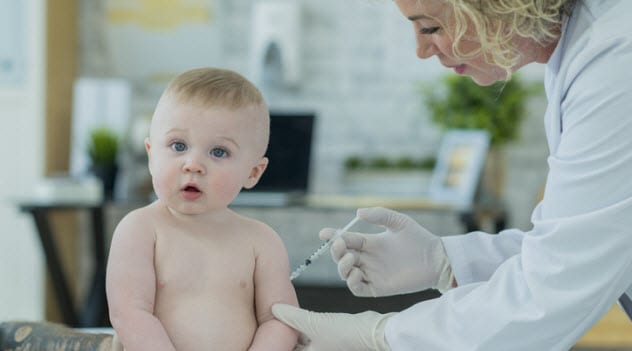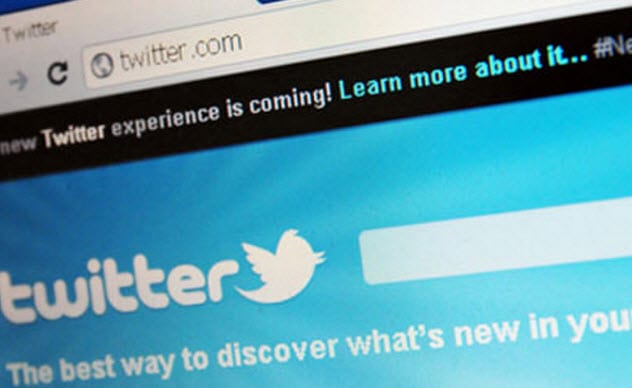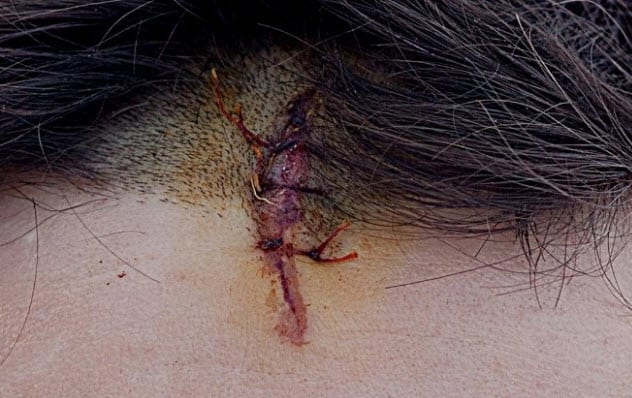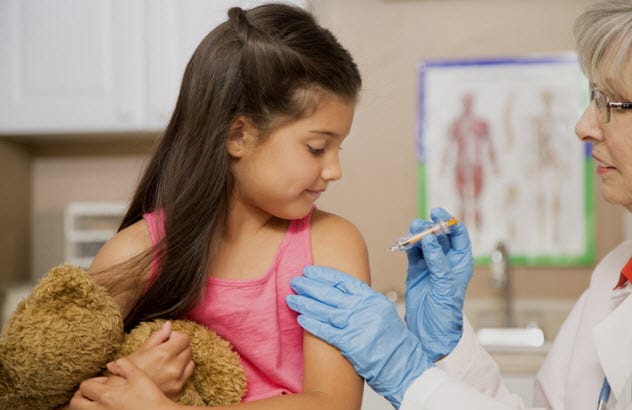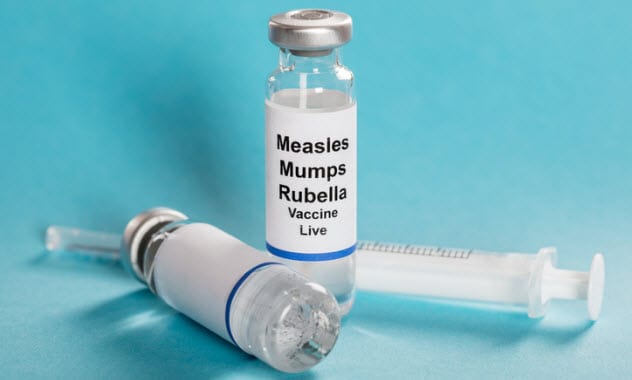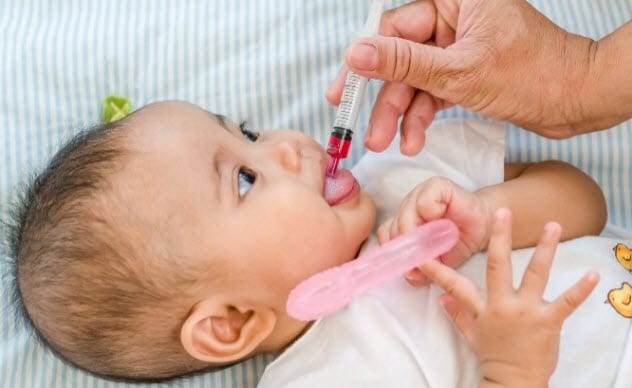As the picture broadens, things get strange. From kids getting kicked out of school to secretive groups actively breaking public trust, nothing about vaccination is simple anymore. Ironically, for all the good and the bad, one vaccine might be the accidental answer to type 1 diabetes.
10 Dying Trust In Vaccines
In the last 20 years, shots are believed to have prevented 732,000 deaths and 21 million hospital admissions among American children. Despite this, the last decade saw the public’s trust go down. A 2018 survey found that 70 percent of Americans still cart their kids off to the doctor to get vaccinated. This sounds positive, but that number used to be 80 percent. Vaccinated individuals believing they reaped any benefits also fell by a massive 16 percent. To drive the point home, over half of those who participated in the survey refused the flu shot. Around 48 percent didn’t trust the vaccine, and 26 percent believed it was useless. Researchers know that social media’s anti-vaxxers and misinformation play a role in the decline but also blame a lack of clear communication between health departments and the public.[1] There are already repercussions. In 2004, measles was officially eradicated in the United States. But in 2014, around 667 cases suddenly mushroomed in 27 states.
9 The Bots And Trolls
The vaccine debate is already an incendiary one. In 2018, researchers found that online bots and trolls are making it worse for malicious purposes. A study looked at thousands of Twitter comments posted between July 2014 and September 2017. As much as possible, the bad element was sieved from the real Twitter accounts. It is impossible to know the true number of tweets spawned by the dark side, but those that were identified generated 75 percent more vaccine comments than other users. They spread misinformation, get people down each other’s throats, and lure users to other sites. The bots seemed to be programmed to bait followers into clicking on links and ads that contain malware. Trolls support both sides of the vaccine debate, but this is to create discord. The most disturbing trend appears to be an agenda designed to break people’s trust in vaccinations, fully knowing that it endangers the public with serious outbreaks of infectious diseases.[2]
8 Ethan Lindenberger
Ethan Lindenberger was born to parents with anti-vaccination beliefs. Lindenberger’s own research convinced him that the health benefits of vaccinations were valid. As soon as he turned 18, Ethan visited his health department in Ohio and had himself inoculated for the first time. In 2019, a Senate hearing discussed a measles outbreak in the Pacific Northwest. The teenager was invited to tell his story at the event. Lindenberger said his mother had been influenced by online anti-vaxxers who “supported” each other with conspiracy theories and misinformation instead of relying on science and health professionals.[3] His father accepted Ethan’s choices. But his mother reacted badly, saying his defiance was like he spat on her. For his part, Ethan said he understood that his parents’ decision not to vaccinate came from concern, not malevolence. However, he considered those spreading “facts” about vaccine-related autism and brain damage to be a cause for great concern.
7 The Oregon Tetanus Case
Resistance against vaccination goes to extreme lengths even when the dangers are obvious. In 2017, this was illustrated in the case of an Oregon family. Their six-year-old son injured his forehead, and the cut was washed and stitched up at home. Even so, the bacterium Clostridium tetani infected the wound. This caused Oregon’s first childhood tetanus case in over three decades. Around six days after the boy got hurt, his muscles shook uncontrollably and his jaw started to clench. Only when he could no longer open his mouth or breathe properly did his parents seek medical help. The child was airlifted to a hospital where he fought for his life in intensive care. After 47 days, he was strong enough to be moved to a normal ward. His stay lasted eight weeks and included rehabilitation to walk again. Tetanus is a deadly neuromuscular disease that is easily preventable through a series of five vaccinations. When the boy arrived at the hospital, he was given his first shot. Even though he almost died, his parents refused the other four.[4]
6 Flu Vaccine And Narcolepsy
Faced with the swine flu (H1N1 strain), many people in Europe decided to get a flu shot. The vaccine, called Pandemrix, was used in 2009 and 2010. Soon, there was an unusual spike in narcolepsy cases. This condition is marked by severe drowsiness during the day and “sleep attacks” when a person falls asleep almost instantly. An attack is usually short but can be disastrous when driving or climbing stairs. Naturally, Pandemrix was recalled. When researchers searched for a connection, they discovered that the vaccine contained a viral protein. This goober mimicked a receptor inside the brain that was previously linked to the sleeping disorder. The study also found that people genetically vulnerable to narcolepsy are caught between the devil and the deep blue sea. The viral protein can also be caught from the flu, resulting in a greater chance of developing narcolepsy than from Pandemrix.[5]
5 Mysterious Smallpox Vaccine
For centuries, smallpox culled the human race like it meant business. In 1796, an English doctor called Edward Jenner encountered a milkmaid named Sarah Nelmes. He noticed that she and her fellow milkmaids had cowpox on their hands, but they were free of the dreaded smallpox. In a desperate but unethical move, he took pus from Sarah’s hands and injected it into a boy called James Phipps. Then Jenner gave the child a second injection—a full dose of smallpox. To everyone’s surprise, the boy stayed healthy. A vaccine was developed from cowpox-infected animals, and in 1980, smallpox was declared eradicated.[6] When modern researchers tried to understand how the vaccine evolved, they discovered that the early version was not identical to cowpox. It would appear that horsepox had entered the strain somewhere. This was worrying. Unless scientists can unravel the viral evolution, the animals involved, and the production process, the modern world is vulnerable to an outbreak. The last smallpox is contained in two laboratories, but an accident or bioterrorism could unleash a pandemic.
4 Measles Vaccine And Seizures
In 2013, a study discovered a disturbing fact about the measles vaccine. When children received the shot on time, adverse effects were kept to a minimum. The first shot is recommended for babies at 12–15 months old. Youngsters who went for their shot at 16–23 months old had an increased risk of seizures. Called febrile seizures, they are triggered by a vaccine-related fever. For a few weeks after getting inoculated against measles, both groups, timely and late, run the risk of a febrile event. Experts cannot explain the link between the shot and seizures or why the older children are 6.5 times more at risk. Unfortunately, many parents put their kids in the riskier group. Alarmed by the battery of injections given over a short period of time, parents often delay shots, including the one for measles. Contrary to what many families fear, doctors insist that the packed regime cannot compromise a child’s immune system.[7]
3 Lorenzin Law
Italy passed the Lorenzin law in 2019. According to the law, all children aged six and younger must receive shots for polio, measles, chickenpox, rubella, and mumps. If parents fail to provide proof, they can be fined as much as €500 ($560) and their child will be banned from school. Older children can still attend, but their parents may also be fined if they send these kids to school unvaccinated. Despite the legalities and fines, when the deadline hit in March, many families failed to comply. In Bologna alone, 5,000 children were not up to date with their shots and 300 were suspended from their nurseries and kindergartens. The Lorenzin law was not an afterthought. At the time, there had been a spike in measles and Italy’s vaccination rates had also dropped far below 80 percent. The World Health Organization recommends 95 percent, a good number to prevent disease from turning into a pandemic. In March, Italian authorities said the law raised the percentage of children born in 2015 to the required 95 percent.[8]
2 Accidental Diabetes Prevention
The rotavirus (RV) is responsible for life-threatening diarrhea. Around the turn of the century, Australian researchers noticed that the immune markers in type 1 diabetes (T1D) had an uncanny resemblance to RV. In the following years, a stronger link was found: The virus often caused the immune system to attack insulin-producing cells in the pancreas. This organ plays a key role in diabetes. In 2007, Australia launched a vaccination program against RV using two oral liquids. It had nothing to do with diabetes prevention, but in 2019, scientists sieved through the data and found something remarkable. As pediatric diagnosis of T1D rose worldwide, numbers fell in Australia. In the age group 0–4, there was a 14 percent drop. Tellingly, it started right after the introduction of the oral RV vaccines.[9] The breakthrough has its mysteries. Researchers do not know if the effect is permanent or whether this means RV plays a role in triggering T1D. Also, when the same program ran in Finland, they did not meet with the same success.
1 The WHO Threat
In 2019, the World Health Organization (WHO) released the latest list of global health threats. It included climate change, HIV, Ebola, and drug resistance. The most surprising entry was the anti-vaccine movement. One look at history, however, and the entry begins to make sense. In the past, infectious diseases wiped out so many people that few lived to see noncommunicable diseases. These are noninfectious but serious conditions—for example, cancer, diabetes, and heart disease. Thanks to vaccines, there are no infectious diseases listed except for the flu. The picture would look very different if vaccinations had never existed. It is estimated that up to three million people would die each year. Considering this and the way people dropped like flies in the past, the advent of vaccination saved millions of lives. Antagonism could undo the progress in the fight against preventable deaths. Those who view vaccinations with suspicion or refuse to take pandemics seriously are growing in number and momentum. That was why the WHO listed the movement as a global health threat.[10] Read More: Facebook Smashwords HubPages
